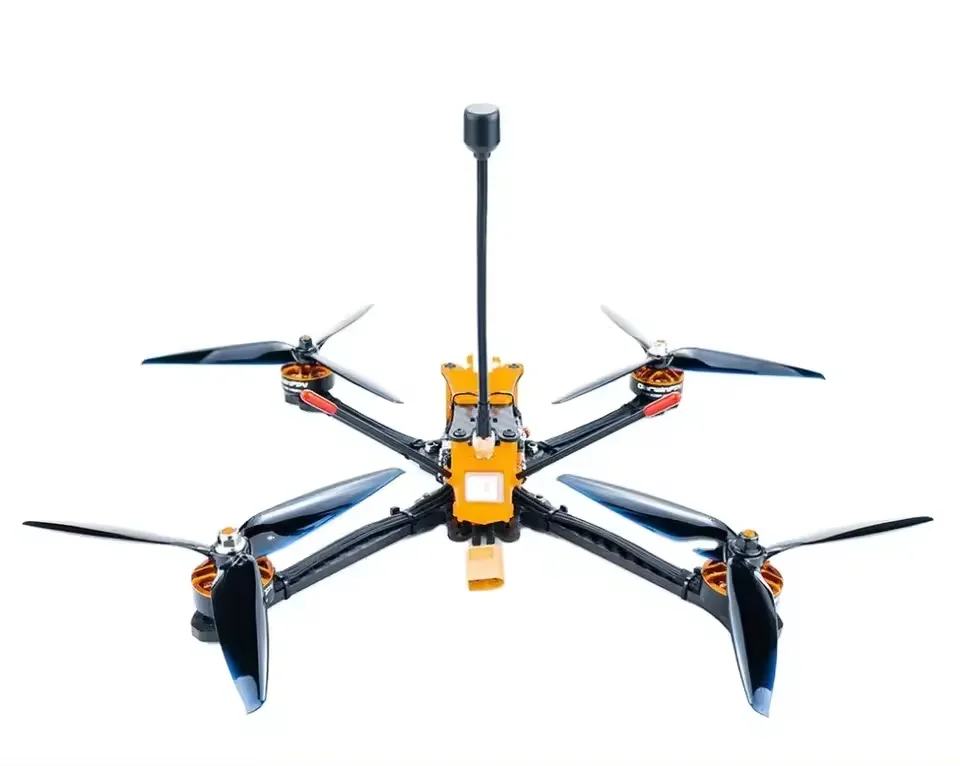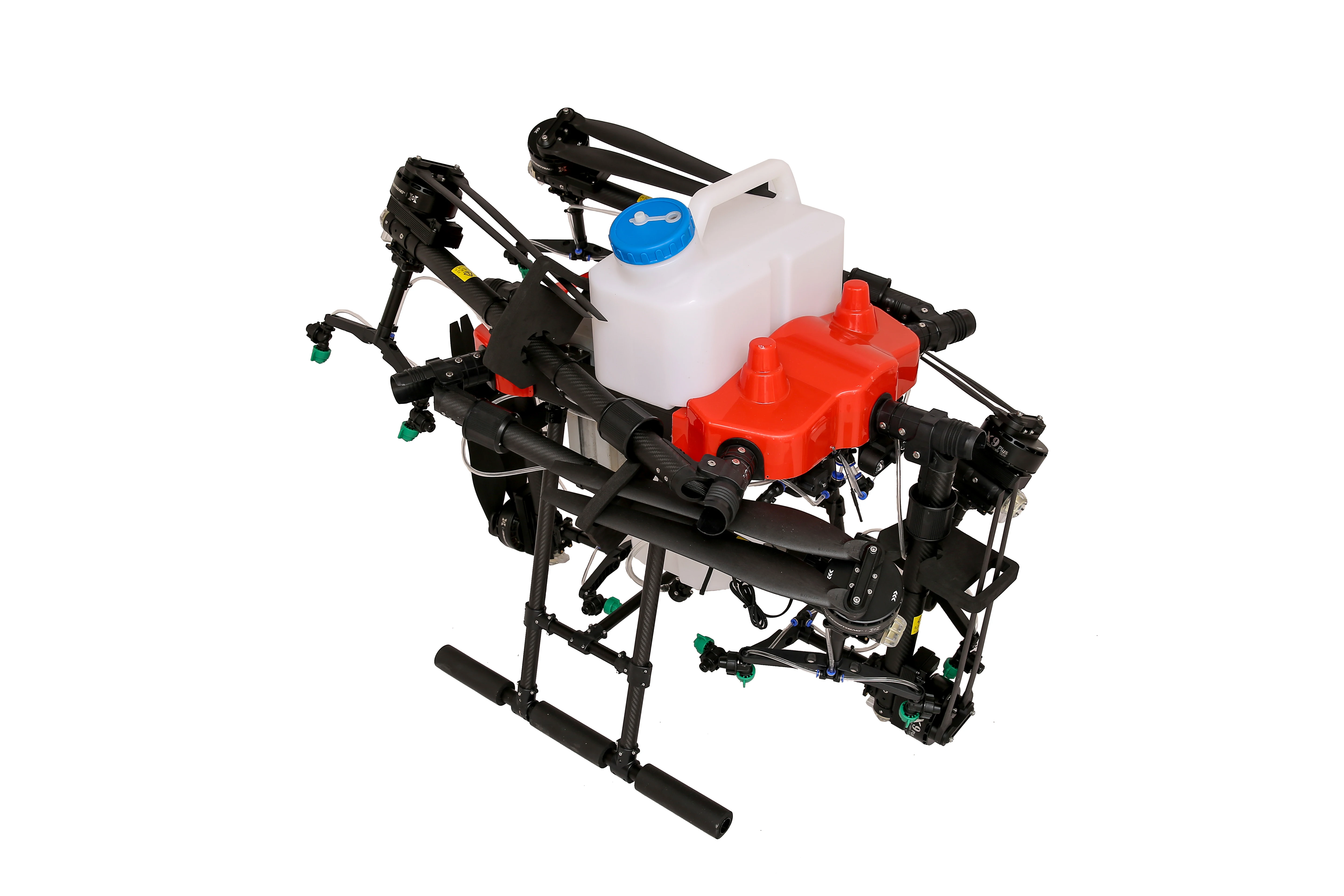The world of drone cameras has seen remarkable advancements, particularly in their design from early fixed-wing models to multi-rotor configurations, which offer improved maneuverability and stability. These developments have made drones with cameras more effective and versatile, catering to a wide range of applications. With technological innovations, the demand for agile and precise aerial devices has surged, accentuating the need for stability in dynamic environments. This transition has become pivotal in maximizing the operational capabilities of unmanned aerial vehicles.
Moreover, the introduction of high-resolution sensors, such as 4K and 8K video capacities, marks a significant leap in capturing stunning aerial photography and videography. This evolution in drone camera technology has become indispensable in professional fields like cinematography, news broadcasting, and industrial inspection, where image clarity is crucial. The advent of these high-definition sensors allows even the most minute details to be captured, further enhancing the operational scope of camera drones across various sectors.
The ongoing innovation in lightweight materials and advanced battery systems has been equally transformative, leading to longer flight durations and greater payload capacities. These enhancements allow drones to spend more time performing tasks without the need for frequent landings for recharging or maintenance, thus increasing their efficiency. By adopting these cutting-edge materials and technologies, drones can now perform more complex missions with ease, broadening their applicability in industrial and commercial projects.
Real-time data processing capabilities are another groundbreaking trend in drone camera technology. This feature enables drones to analyze footage during flight and provide immediate insights, which is crucial for time-sensitive tasks such as search and rescue operations or agricultural assessments. By processing data on the fly, drones enhance decision-making processes and operational responses, thereby solidifying their utility in critical industries. As the demand for swift data analysis grows, the integration of advanced processing systems will continue to define the future trajectory of drones with camera technology.
Drones equipped with high-definition cameras are becoming vital in the realm of surveillance and security. These advanced drone cameras offer a cost-effective solution for monitoring both residential and commercial areas. According to recent security reports, drone surveillance usage has surged by over 30% in urban settings, serving as a proactive measure against crime. The ability of drones to access hard-to-reach areas and provide real-time footage significantly enhances law enforcement's response times, making them indispensable tools in modern security strategies.
In agriculture, drones with cameras are revolutionizing precision farming. These drones assist farmers in monitoring crop health and optimizing resource utilization, leading to increased efficiency. Research has shown that utilizing drones can enhance crop yields by up to 20%, primarily through early detection of issues like pest infestations and nutrient deficiencies. In environmental monitoring, drones play a crucial role in wildlife conservation and habitat assessments by offering immediate and vital data analysis, thereby supporting informed decision-making in ecological management.
The incorporation of drone cameras in cinematography has opened up new avenues for filmmakers, allowing them to capture breathtaking aerial shots that were previously challenging or costly. With innovations that enable real-time cinematic feedback, the creative process during filming is greatly enhanced. The growing use of drones in capturing events and documentaries reflects their versatility and appeal, significantly impacting the entertainment industry by providing unique visual perspectives.
The Darwin FPV129 stands out for its exceptional stability at high altitudes, making it an ideal choice for capturing stunning aerial images and videos. This model is equipped with advanced stabilization technology, ensuring smooth footage even under challenging weather conditions. User feedback consistently highlights the drone's ease of control and impressive battery longevity, which collectively contribute to a seamless flying experience. The Darwin FPV129 appeals to both amateurs and professionals seeking reliable high-altitude imaging solutions.

The Factory Sale 6-Axis Drone is known for its 4K camera capabilities, delivering crystal-clear imagery that caters to both amateur and professional photographers. Its 6-axis stabilization system enhances flight control, thereby maximizing image quality and minimizing motion blur. Competitive pricing strategies, particularly for bulk purchases, offer significant advantages, making this camera drone appealing for commercial and personal applications. The Factory Sale 6-Axis Drone stands as an excellent choice for high-quality imaging needs with a focus on efficiency and affordability.

The future of drone camera technology is set to be revolutionized by the integration of artificial intelligence (AI). This advancement is anticipated to enhance capabilities such as obstacle detection, automated tracking, and intelligent data analysis. AI-driven models enable drones to analyze video footage in real-time, making them invaluable assets for industries ranging from surveillance to agriculture. For instance, these models can quickly identify and track objects, ensuring precise data collection and analysis. Additionally, AI can enhance the operational efficiency of drones, allowing them to navigate complex environments with ease and perform tasks autonomously.
AI integration in drone cameras paves the way for numerous applications across various sectors. In the realm of surveillance, AI-enhanced drone cameras are capable of identifying potential security threats and alerting authorities in real-time. In agriculture, drones equipped with AI can monitor crop health, assess soil conditions, and optimize farming operations, thereby increasing productivity and reducing resource wastage. This transformative potential underscores the strategic importance of AI-driven drones in enhancing operational efficiencies across multiple industries.
Urban development plans across the globe increasingly favor drone technology as a vital component in the creation of smart cities. Drones are being utilized for infrastructure monitoring, traffic management, and environmental assessments, providing a cost-effective and efficient alternative to traditional methods. As cities evolve, the integration of drone technology promises to bolster urban management systems by offering detailed insights, facilitating informed decision-making, and optimizing resource allocation. The capabilities of drones are expected to be instrumental in addressing the challenges of urban growth and sustainability in the future.
 Hot News
Hot News